What is Bariatric Care?
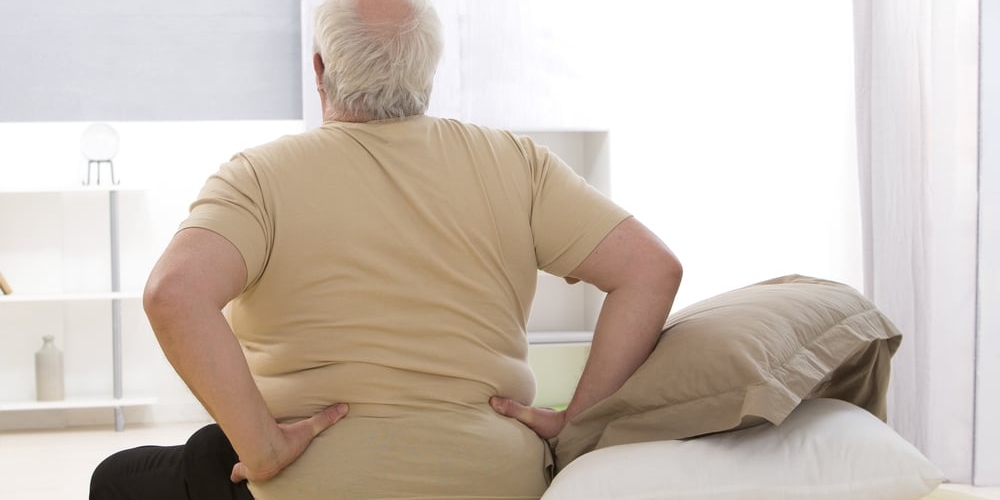
Bariatric care refers to the specialised support required by individuals living with obesity, covering more than just surgical intervention. It includes essential aspects such as mobility assistance, post-operative care, nutritional and emotional support, physical therapy, and skin health. The use of appropriate equipment, like bariatric recliner chairs and reinforced hospital furniture, is also crucial for ensuring safety, comfort, and dignity in both clinical and home settings. Understanding these components is key to delivering effective and respectful care for bariatric patients.
What Does Bariatric Mean?
While bariatric is commonly associated with bariatric surgery - a type of weight loss surgery that reduces the size of the stomach - the term goes beyond this. It also refers to the medical, health, and day-to-day care required to support and improve the quality of life for individuals living with obesity.
According to the NHS, a bariatric patient is someone who faces limitations in health and social care due to their weight or physical size - whether related to body shape, width, health conditions, or mobility. Those who are 40kg above the ideal weight for their height are referred to as bariatric. Individuals with higher body weight can present with a wide range of body shapes, even when their Body Mass Index (BMI) is similar. Two people may have the same weight, but the distribution of that weight can vary significantly. Personalised care for obese individuals can improve physical and emotional wellbeing by promoting comfort and independence through bespoke seating and equipment.
Why is this an important term?
The term 'bariatric' helps hospital staff and care workers identify the specified care needs of a patient, resulting in a better service of care with the correct equipment and specialist seating. This ensures patients can feel comfortable and dignified at home or in healthcare environments.
What is Bariatric Care?
Obesity can create more complex needs and care requirements which is why bariatric care is essential. This type of care is centred around supporting obese patients with day-to-day living and includes the following areas:

Skin Health
Obesity and low mobility can have negative impacts on skin health, increasing chances of pressure ulcers, skin breakdown, and bacteria growth in skin folds due to moisture retention. Specialist care and seating can promote better skin health through encouraging body movement, healing and ensuring additional health conditions do not worsen.
Mobility
Bariatric individuals need support with mobility from repositioning to standing up, walking and so on. This is because excess body weight can put pressure on joints leading to muscle weakness, reduced flexibility and movement, and continuous fatigue. The right care and support can improve mobility and enhance well being.
Nutritional Support
Meal plans are used to help maintain a nutritional, balanced and more structured diet for bariatric individuals.
Physical Therapy
Activities like walking, swimming, water aerobics, and other low-impact exercises can be a great way to ease into physical therapy.
Post-Operative Care
Following surgery, whether that be metabolic or any other types of surgery, patients require careful support and monitoring to ensure a good and well-rested recovery.
Emotional Support
Whether it's a home care service, hospital check-ups or friends and family, emotional support is a big part of bariatric care. As discussed previously, extreme obesity can cause a range of physical conditions that create challenges in every day life. These physical obstacles can lead to feelings of isolation, a loss of independence, anxiety and depression.
Safety Considerations & Health Equipment
Bariatric care in hospitals can be managed effectively once thorough risk assessments have been taken, to ensure safe moving, handling and seating that protects bariatric patients and staff. Patients 40kg above the ideal weight for their height may exceed the safe working load (SWL) and dimensions of supportive surface i.e: chairs, beds, wheelchairs, sofas, trolleys, toilets, and more. In order to minimise risks and create comfortable spaces, bariatric aids and assistive devices are used to accommodate for larger and heavier individuals.
Using the incorrect seating, beds, and equipment causes discomfort, skin breakdown, and increases the chance of falls and injuries. It also puts a strain on care staff as more effort is required to move bariatric patients. Bariatric equipment and seating are engineered with wider dimensions, higher weight capacities, and more durable materials.
Some examples of bariatric aids and equipment include:
- Pressure-reducing surfaces and powered functionality for beds
- Wider frames, and bariatric-strength materials for wheelchairs
- Increased clearance, 226 kg - 453 kg (35.5 - 71 stone) - capacity for stretchers and trolleys
- Reinforced designs for walkers, canes, and crutches
- Powered standing or full-body slings for lifts and slings
- Wider, sturdier seats for commodes, shower chairs
- Powered lifting harness for floor transfers/lifts

Prism Healthcare Bariatric Equipment
We are a part of the Prism Healthcare Group, which aims to transform lives with integrated solutions for paediatric, homecare, and long-term care sectors. With a comprehensive range of products and services to enhance care quality, our sister companies within the group offer a wide range of bariatric healthcare equipment. Here are our bariatric equipment recommendations:
Viscoflex Plus Bariatric Cushion
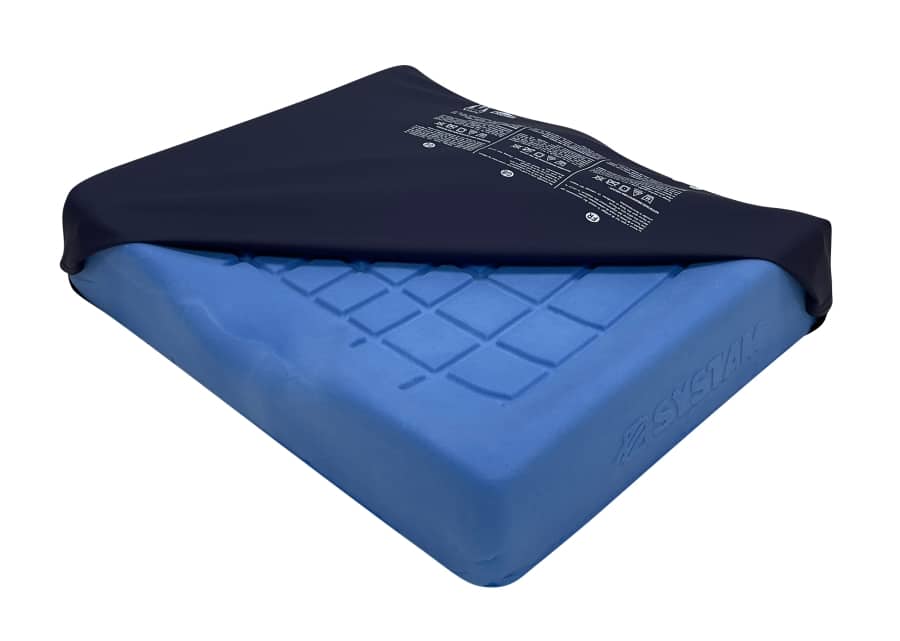
Woburn Ultimate Profiling Bed
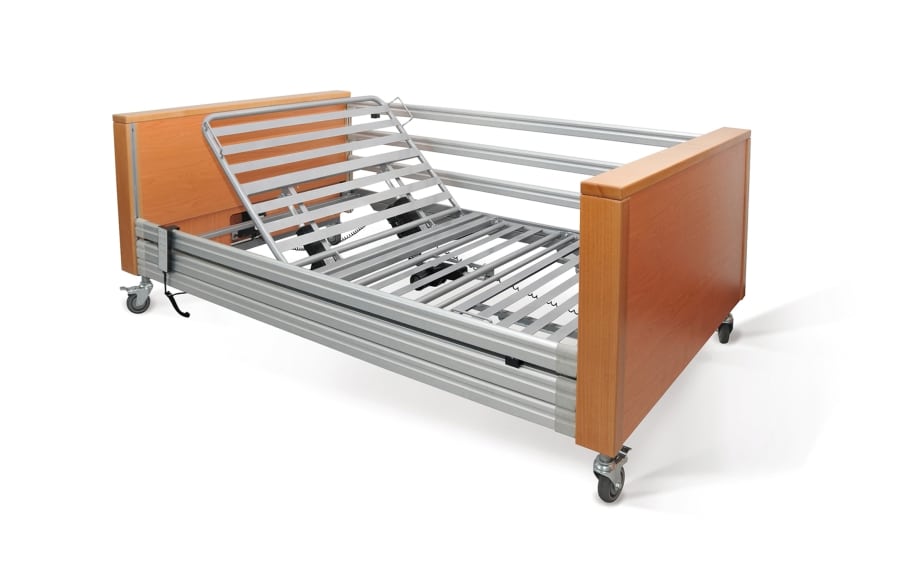
Bariatric Reflect 2 Static Mattress
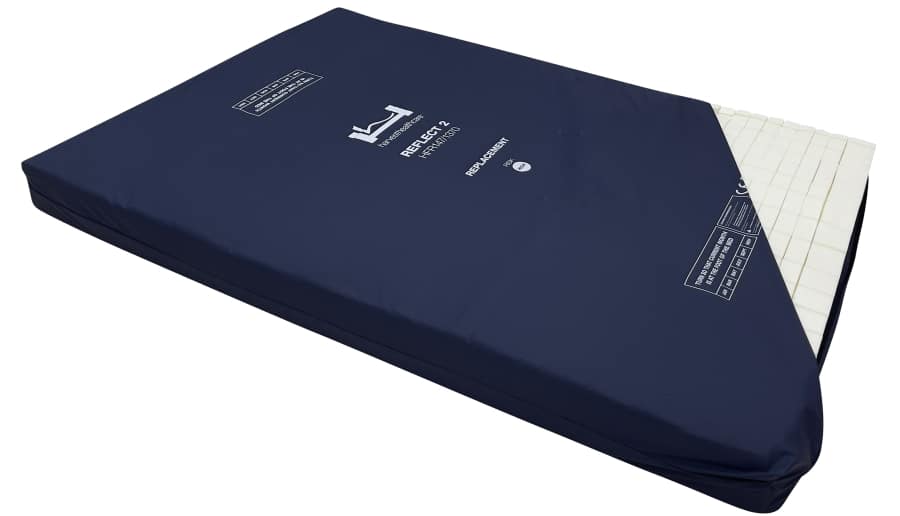
Duke Extra 2.0 Active Mattress
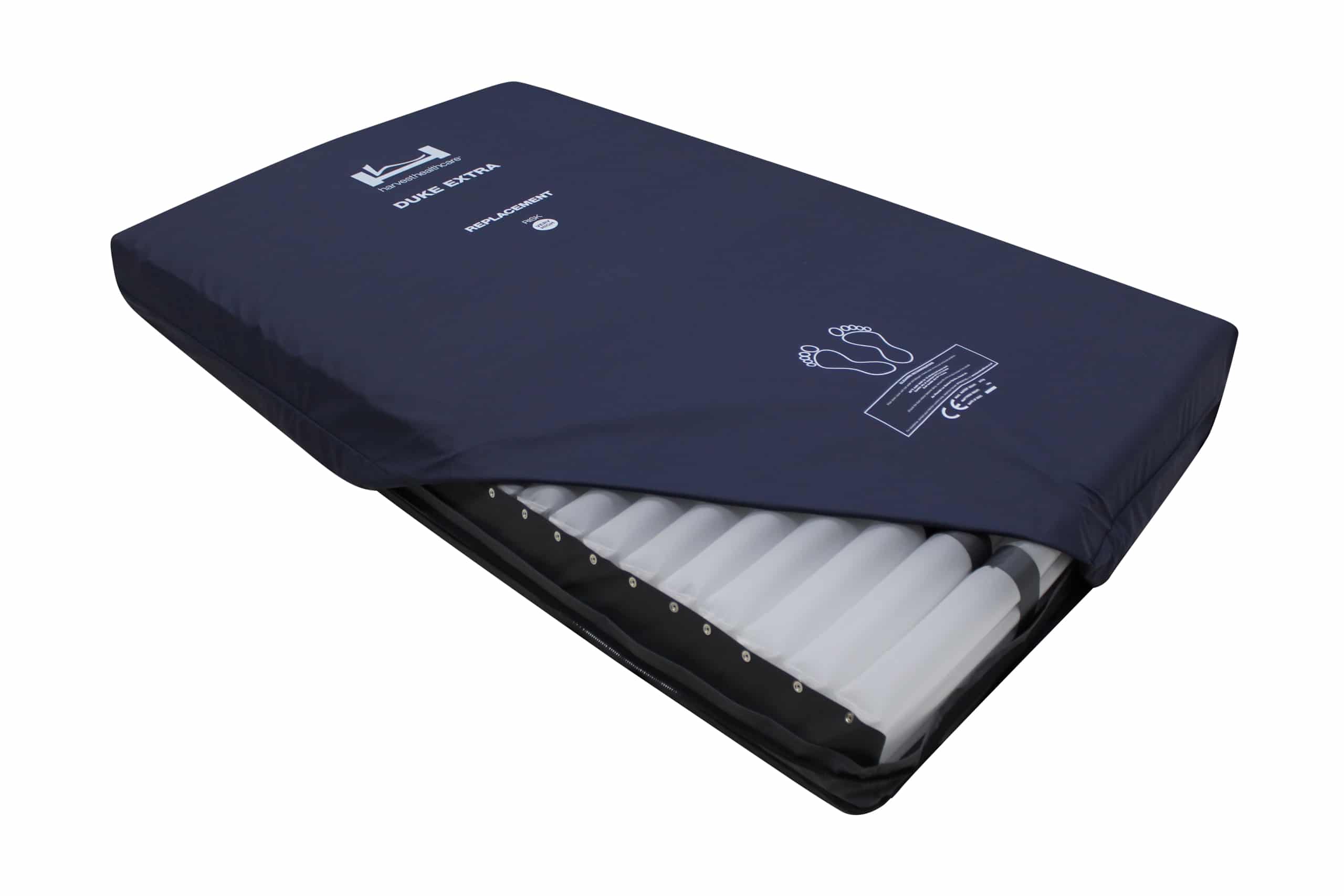
Ultimate Lifting Pole
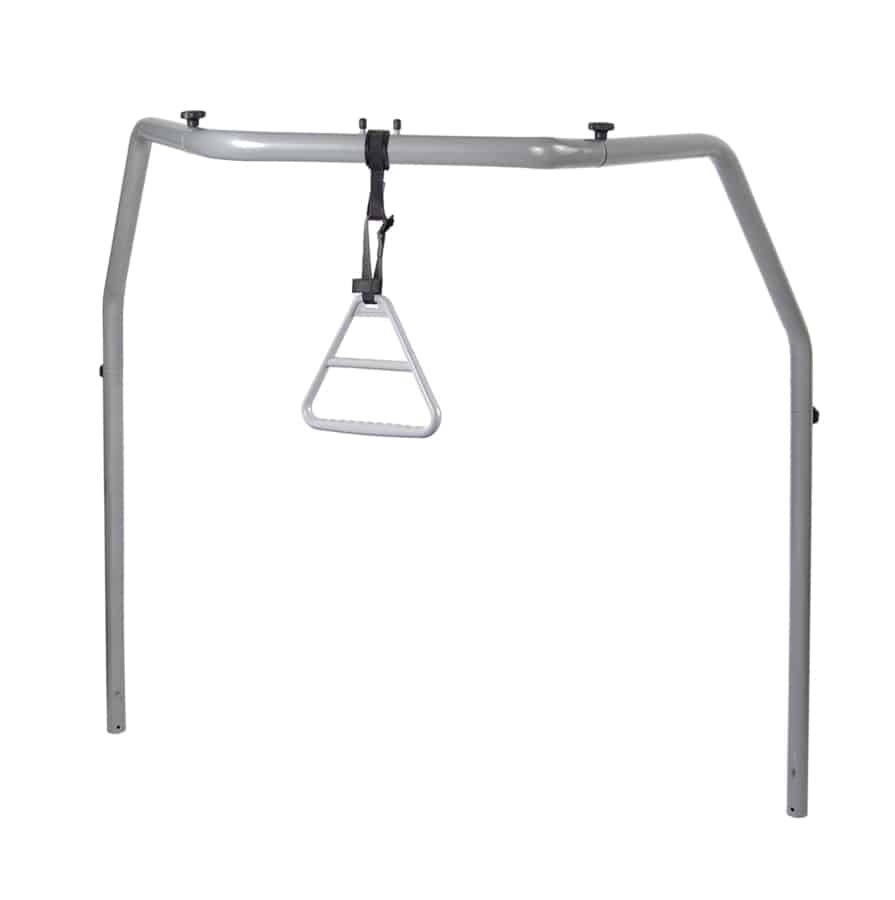
Benefits of Bariatric Recliner Chairs
Bariatric recliner chairs offer all the same benefits as standard recliner chairs from enhanced comfortability to reduced pressure on joints, assistance with mobility, increased independence and more. Additional design features are also available, providing greater comfort and bespoke support for larger bodies. Key features of bariatric recliner chairs include a reinforced frame, a wider seat, high-density foam, and robust lifting and reclining mechanisms.
Our Bariatric Chair Range
We have been manufacturing specialist seating for the bariatric sector for over 20 years, ensuring quality, comfort, and performance are at the forefront of all our bariatric chair designs. Every bariatric chair that leaves our factory undergoes numerous stringent quality control checks and procedures to ensure the absolute highest levels of quality.
Arden Riser Recliner Chair
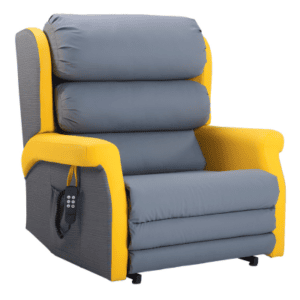
Our Arden chair is an innovative and versatile rise recliner chair that has a 50 stone capacity, low profile seating and independent Tilt in Space Movement (TiS).
Bariatric Riser Recliner Chair
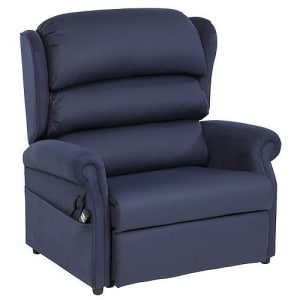
We can tailor our Bariatric recliner chair with multiple features to provide deep comfort, effective pressure management and improved postural control. Pick from four mechanisms that suit weights up to 445kg (70 stone).
Multi Bari Riser Recliner
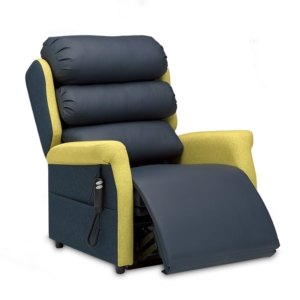
Our Multi Bari chair goes beyond comfort with pressure management features, like the adjustable waterfall back cushion and interchangeable seat cushions alongside a standard dual motor that offers a wide choice of positions. This chair can be tailored to each person with made-to-measure options for seat height, seat width, and seat depth.
Multi Bari Express Chair
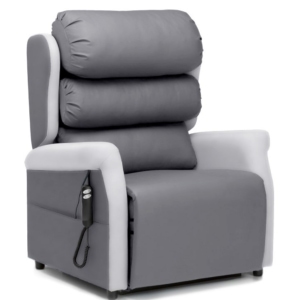
Managing weights up to 40 stone (245kg), our Multi Bari Express chair is an expertly designed specialist seating solution for bariatric individuals that can be available with your supplier within 5 days. This option is ideal for those who require a standard model with quick delivery.
Bariatric Recliner Chair Weight Limits
Rise and Recline Overall Weight Limits
Our Bariatric Rise and Recline chairs have an overall weight limit range of between 222 Kg – 445 Kg (35 to 70 stone) with a leg rest capacity of 57 Kg to 159 Kg (9 to 25 stone) - weight limits can vary depending on each model.
Seat Cushion Weight Limits
We provide a wide selection of seating cushions to enhance the comfort and support to accommodate the unique needs of each person. For bariatric patients, our chairs have the option for pressure management cushions. Each pressure management cushion has its own overall weight limits which you can find out more about in each chair's information menu. The maximum leg rest weight limit is unaffected by the seat cushion.

Rise and Recline Overall Weight Limits
Obesity can negatively impact a person's quality of life - one key area being mobility. Being heavier can increase strain on weight-bearing joints while also impairing muscle strength and endurance, ultimately hindering movement and setting functional limitations. Daily activities like walking, climbing stairs or getting out of chairs can become challenging and painful.
Our bariatric recliner chairs have many different mechanisms to help assist with mobility, independence and comfort. Below is a table outlining weight limitations for different chair mechanisms:
| Mechanism | Weight limit | Seat height | Seat width | Seat depth |
| Single Tilt in Space (TIS) | 35 stone
222kg |
18" - 20"
457 - 508mm |
20" - 28"
508 - 711mm |
18" - 20"
457 - 508mm |
| Single Non-wallhugger | 35 stone
222kg |
18" - 20"
457 - 508mm |
24" - 28"
610 - 711mm |
18" - 20"
457 - 508mm |
| Dual Standard | 35 stone
222kg |
16"
406mm |
24" - 28"
610 - 711mm |
18" - 20"
457 - 508mm |
| Dual Standard | 40 stone
254kg |
18" - 20"
457 - 508mm |
24" - 30"
610 - 762mm |
18" - 20"
457 - 508mm |
| Dual Standard | 70 stone
444kg |
19"
483mm |
34" - 35"
864 - 889mm |
21"
533mm |
For 50 stone / 317kg - please see our Arden recliner chair product.
FAQs for Bariatric Care
According to the NHS, the following metrics classify a person as bariatric/obese:
- Obese = BMI greater than 30 to less than 40.
- Morbidly obese = BMI of 40kg/m2, or the individual being 45kg over ideal weight.
- Bariatric Patient = someone who weighs in excess of 160kgs (25 stone) and has limitations in
health and social care due to their weight, physical size, health, morbidity, tissue viability and
access to their own environment.